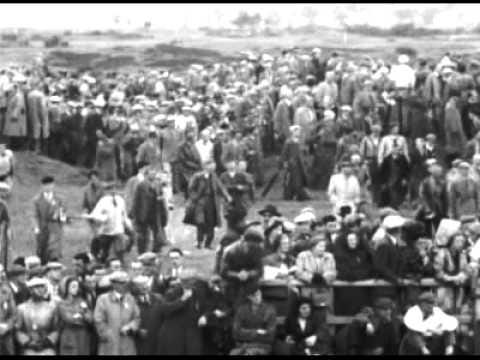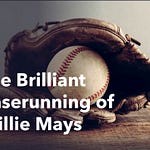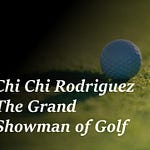You can listen to the article by clicking the play button above or read the article below.
INTRODUCTION From The Sports Time Traveler™
Ben Hogan, the greatest golfer of his time, and some say the greatest ever, was at his height in the summer of 1953, despite the fact that he was 40 years old and playing an extremely limited schedule of only about a half …











